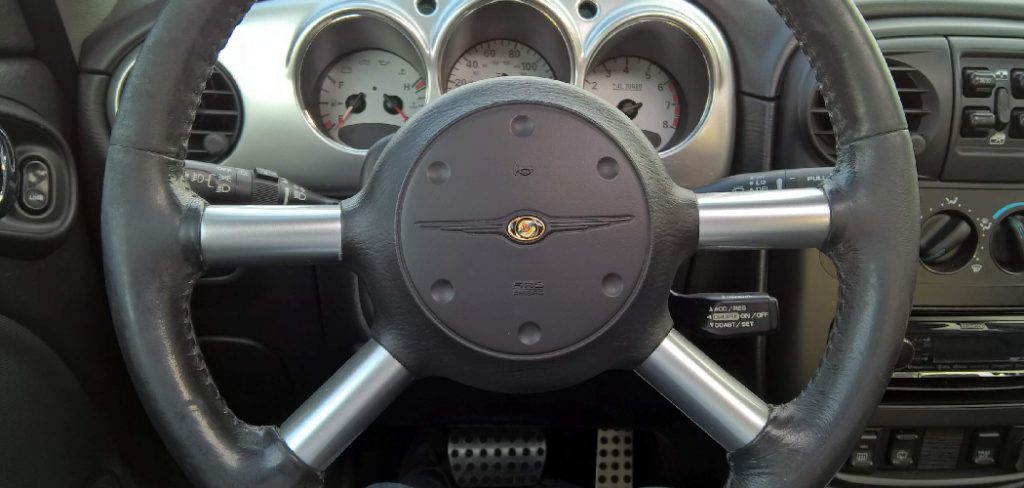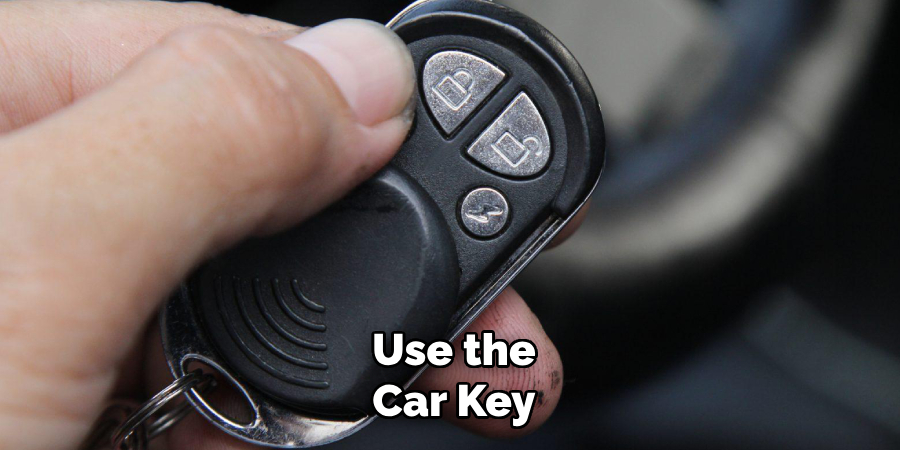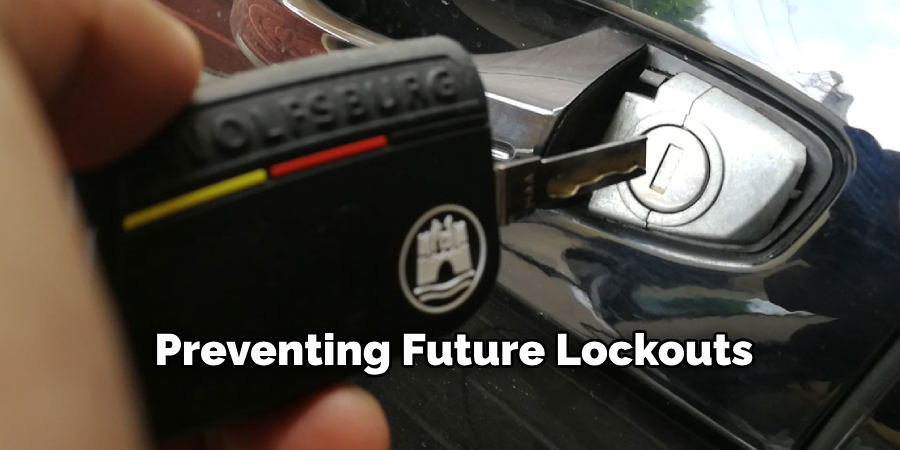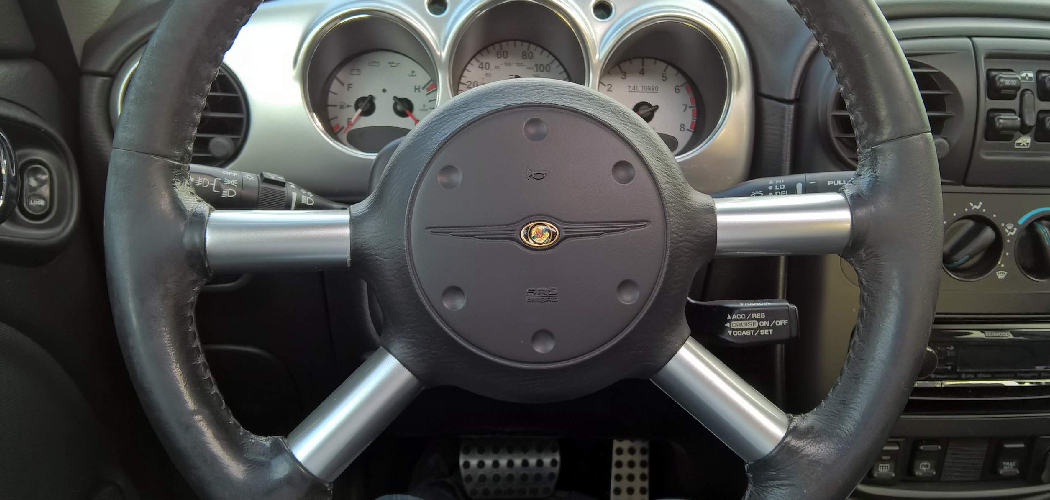A car alarm is an essential security feature designed to deter theft and alert owners of potential tampering. However, there may be times when the alarm system gets triggered accidentally or malfunctions, causing unnecessary noise and inconvenience. Knowing how to turn off a car alarm manually can be crucial in such situations, especially if the alarm continues to sound unexpectedly.

This guide on how to turn off car alarm manually will help you understand the steps to manually disable your car alarm and restore peace and quiet quickly.
Understand How Car Alarms Work
Car alarms are intricate systems designed to detect unauthorized access or tampering with a vehicle. They typically consist of sensors, a control unit, and an alert mechanism such as a siren or lights. Sensors can detect various inputs, including vibrations, door openings, or even movements inside the car. When triggered, the control unit activates the alarm to warn the owner and deter potential thieves.
Modern car alarms often incorporate advanced features like immobilizers, GPS tracking, and smartphone connectivity, making them more effective at protecting vehicles. However, understanding how these components function together can help troubleshoot issues and ensure the system operates as intended.
Initial Checks Before Manual Intervention
Before attempting any manual repairs or adjustments to a car alarm system, it is essential to conduct preliminary checks to rule out common issues. Start by examining the car’s battery, as a weak or dead battery can often disrupt the alarm system’s functionality. Ensure that all doors, the trunk, and the hood are properly closed, as improperly secured entry points may trigger false alarms.
Additionally, inspect the alarm’s fob or remote control to verify that it has sufficient battery power and is functioning correctly. If your system is equipped with smartphone connectivity, check the app for any error messages or alerts. Completing these initial checks can save time and provide clear guidance on whether further manual intervention is necessary.
7 Simple Methods on How to Turn Off Car Alarm Manually
Method 1: Use the Car Key

- Insert the key into the driver’s side door lock and turn it to unlock. This should disarm the alarm system.
- If you have a separate key for your car alarm, insert it into the designated slot in the door or trunk before turning.
- Some cars require additional steps, such as pressing buttons on the fob or inside the car, to fully deactivate the alarm.
Method 2: Press and Hold The Alarm Button on Your Fob
- If your key fob has an alarm button, press and hold it for several seconds until the alarm turns off.
- This method may not work if your battery is dead or malfunctioning.
Method 3: Disconnect The Battery
- If neither of the above methods work, you can disconnect your car battery to deactivate the alarm.
- This should only be done as a last resort, as it may reset other settings in your car.
- Consult your car manual or a professional mechanic before attempting this method.
Method 4: Call For Help
- If none of the above methods work or you are unable to perform them, call for help.
- Contact your car manufacturer’s customer service line or a professional locksmith for assistance.
- Contact your car manufacturer’s customer service line or a professional locksmith for assistance.
Method 5: Preventing Future Lockouts

- To prevent future lockouts, always double check that you have your keys with you before leaving the car.
- Consider keeping a spare key in a safe and easily accessible place, such as your wallet or purse.
- If possible, invest in a keyless entry system for your car to avoid the need for physical keys altogether.
Method 6: Calling Emergency Services
- If you are unable to access your car due to a lockout and have no other options, call emergency services for assistance.
- Depending on the situation, they may be able to help you gain access to your car or connect you with a local locksmith.
- Keep in mind that this should only be used as a last resort and may result in additional fees or legal repercussions.
Method 7: Preventing Future Lockouts
- To avoid future lockouts, consider carrying a spare key with you at all times or keeping one in a secure location outside of your car.
- You can also invest in a key fob or digital keypad for your car as an alternative to traditional keys.
- Regularly check the functionality of your locks and replace any worn or damaged components to prevent unexpected lockouts.
- In addition, always double check that you have your keys before leaving your car to ensure you don’t accidentally lock them inside.

Following these steps on how to turn off car alarm manually and prevent lockouts can save you time, money, and stress in the long run. It’s important to stay prepared and informed when it comes to your vehicle’s security system.
When to Call a Professional?
While taking preventative measures and using troubleshooting techniques can often resolve issues with your car alarm or lockouts, there are times when calling a professional is the best course of action. If you find that your car alarm won’t turn off despite following the manual steps, or if there’s a deeper issue with the wiring or alarm system itself, a professional’s expertise is essential to avoid causing further damage.
Additionally, if you lose your keys entirely or suspect a malfunction in your car’s central locking system, an experienced locksmith or technician can provide specialized tools and knowledge to address the problem efficiently and safely. It’s always better to reach out to a trusted professional rather than risk compromising your vehicle’s functionality or security.
Preventive Tips
Regular Maintenance:
Schedule routine check-ups for your vehicle’s locking and alarm systems to ensure they are functioning correctly and catch potential issues early.
Keep Spare Keys:

Always have a spare key stored in a safe, secure location to avoid lockout situations.
Protect Key Fobs:
Keep your key fobs in good condition and replace their batteries as needed to maintain reliable functionality.
Avoid Force:
Never try to force a key or handle that feels stuck, as this can cause damage to the locking mechanism.
Be Aware of Warning Signs:
Pay attention to any unusual sounds, delayed responses, or warning lights related to your vehicle’s locking or alarm system, and address them promptly.
Invest in Quality Equipment:
If replacing a part of your locking system, choose high-quality, compatible components to ensure durability and reliability.
By following these preventive measures, you can minimize the risk of complications and maintain the safety and efficiency of your vehicle’s locking and security systems.
Frequently Asked Questions
Q: How Often Should I Check My Vehicle’s Locking and Alarm System?

A: It is recommended to check your vehicle’s locking and alarm system at least once a month, or if you notice any unusual sounds or behaviors. Regular maintenance can help prevent potential issues from worsening.
Q: What Should I Do If My Key Fob Stops Working?
A: Firstly, try replacing the battery in your key fob. If that does not solve the issue, it is recommended to have it checked by a professional locksmith or at your dealership. They can diagnose and fix any potential issues with the key fob or its programming.
Q: How Can I Ensure That My Vehicle’s Locking System is Secure?
A: Regularly checking and maintaining your vehicle’s locking system is crucial for security purposes. Additionally, you can also invest in extra security measures such as steering wheel locks, GPS tracking systems, or immobilizers to add an extra layer of protection.
Q: Should I Worry About the Potential Hacking of My Keyless Entry System?
A: While there have been reports of keyless entry systems being hacked, it is important to note that the likelihood of this happening is low. However, you can take preventative measures by regularly updating your car’s software and avoiding programming your key fob in public places.
Q: Are There Any Benefits to Using a Keyless Entry System?
A: Yes, there are several benefits to using a keyless entry system. These include convenience, ease of use, and improved security compared to traditional keys. Additionally, some keyless entry systems offer features such as remote start and automatic unlocking, which can be helpful in certain situations. However, it’s important to keep in mind that no system is completely foolproof and there are potential security risks associated with any type of keyless entry system. It’s always a good idea to regularly check for updates and take preventative measures to ensure the safety and security of your car.
Q: What Are Some Potential Risks Associated With Keyless Entry Systems?
Some potential risks associated with keyless entry systems include unauthorized access to the car, hacking or signal interference, and system malfunctions. While these risks may be minimal, it’s important to stay aware of them and take preventative measures to ensure the safety and security of your vehicle.
Conclusion
Keyless entry systems offer a high level of convenience and modern functionality for vehicle owners. However, like any technology, they come with their own set of risks.
By staying informed about potential vulnerabilities, regularly updating your system, and implementing additional security measures, you can enjoy the benefits of this technology while minimizing potential threats. Ensuring the safety and security of your vehicle requires proactive attention, allowing you to confidently take advantage of these advanced systems. Thanks for reading this article on how to turn off car alarm manually.

